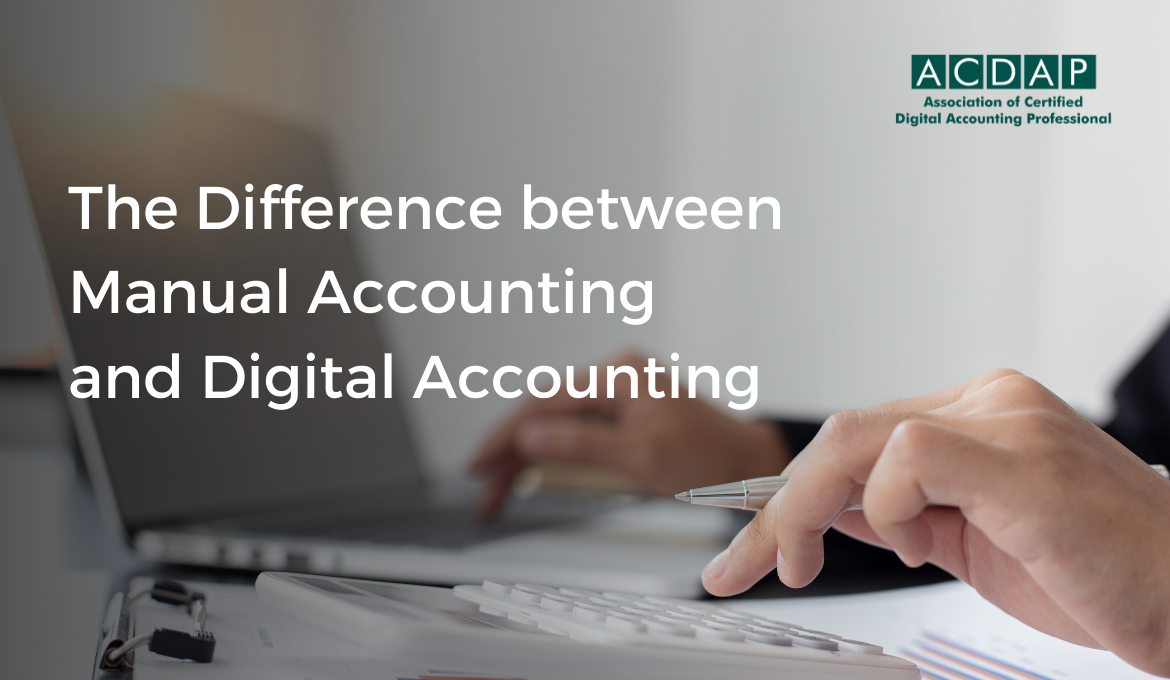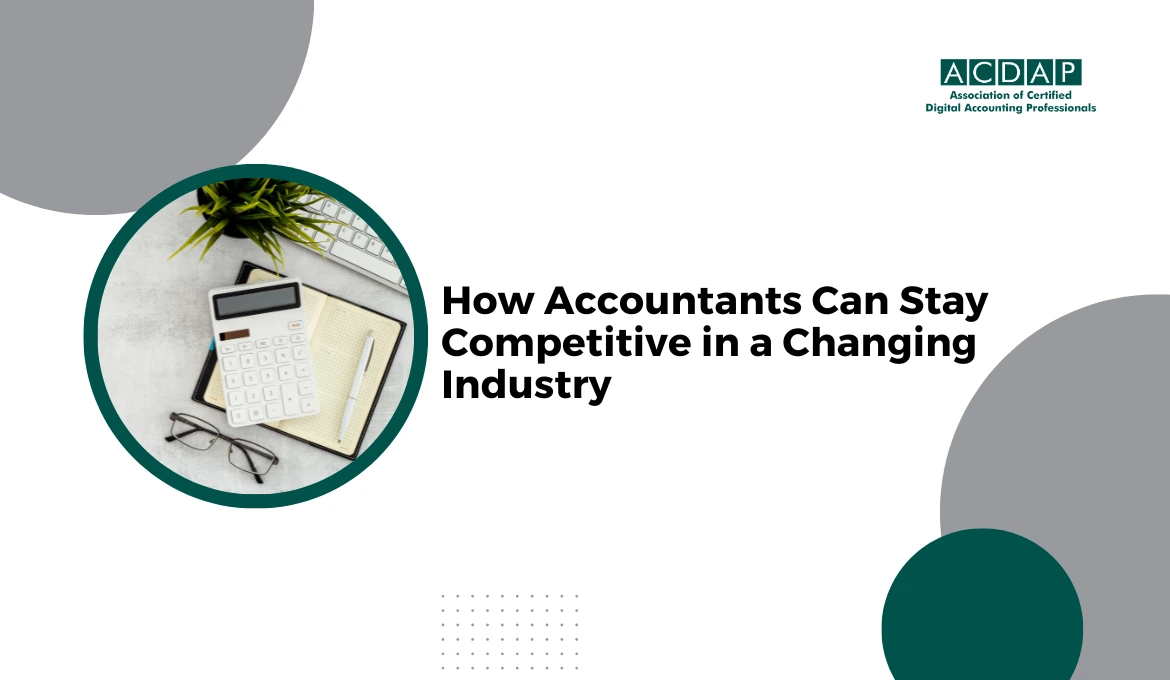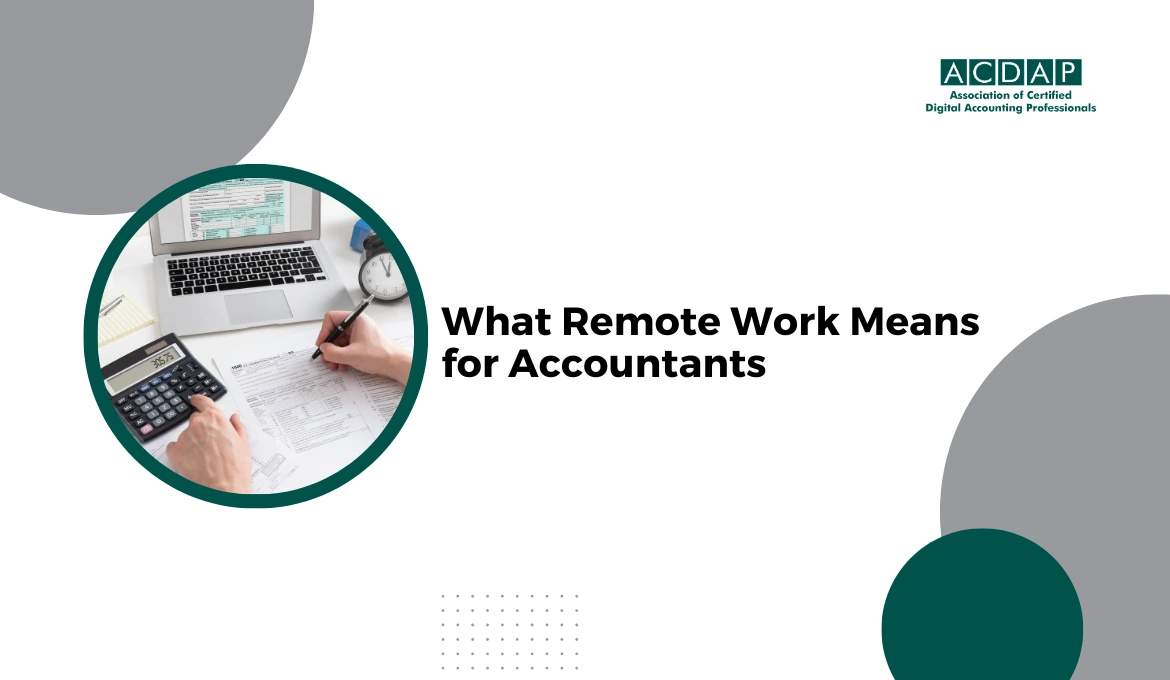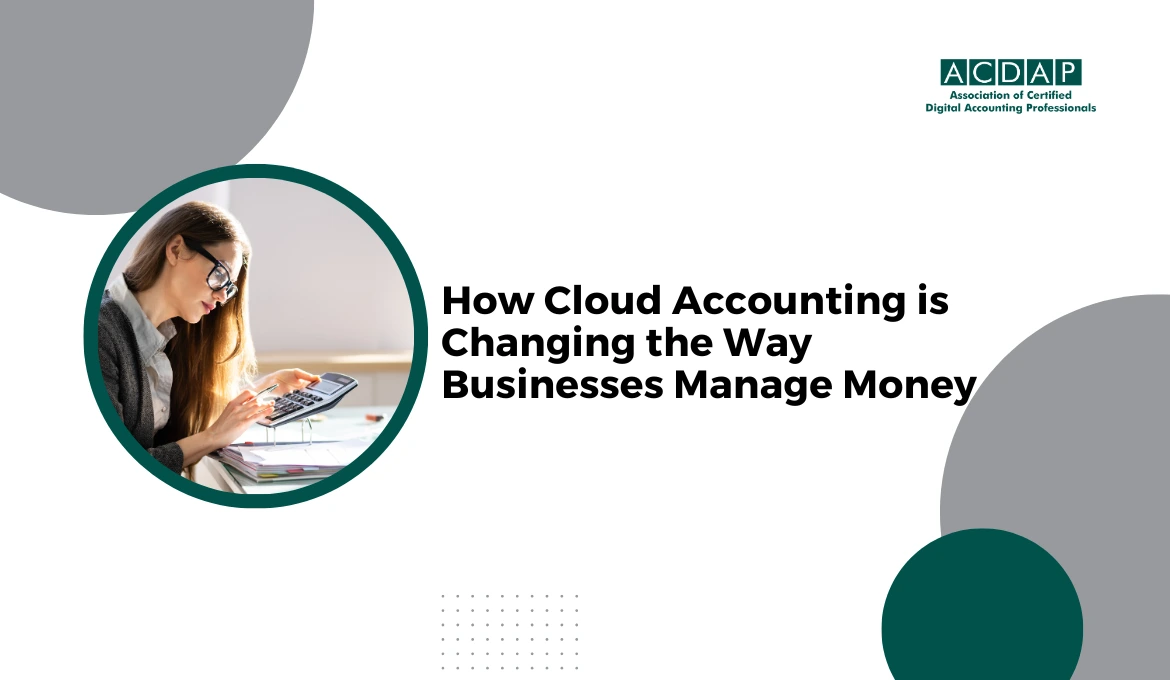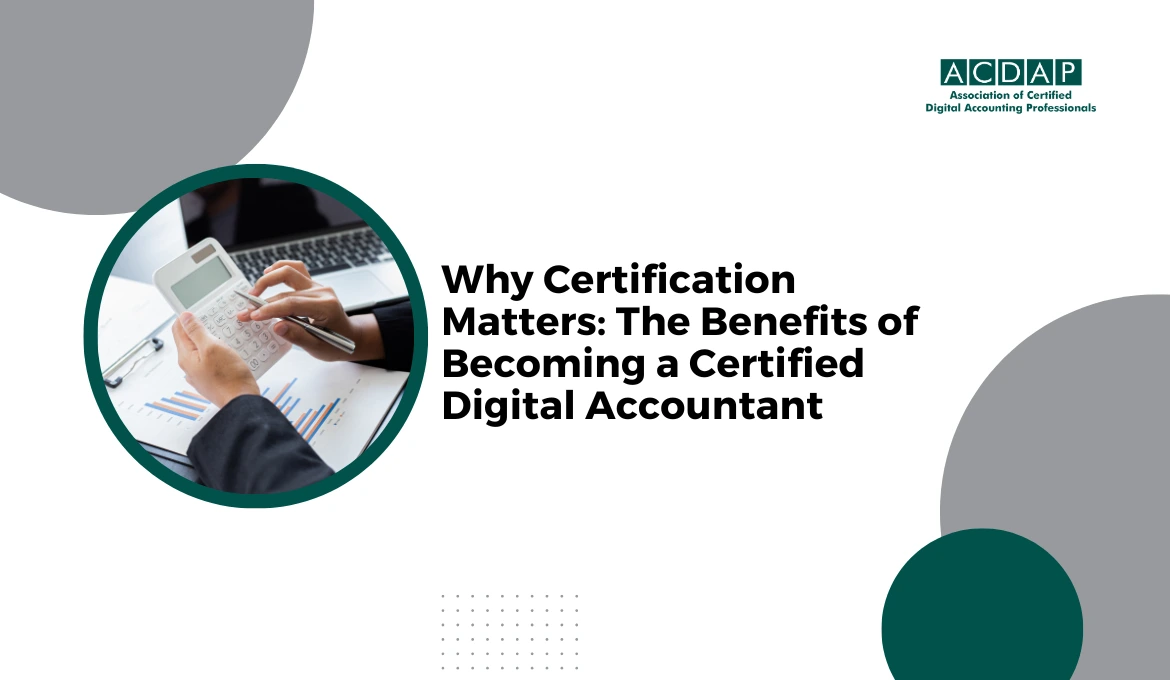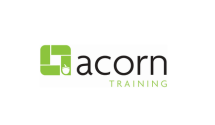Accounting for business has very much transitioned from being recording transactions by hand to completely digitalised and automated systems. However, the fundamental concepts upon which manual and digital accounting is based upon are the same.
There’s no argument, that digital accounting is the way to go for organisations since ease of doing business has evolved drastically over the years.
In this article, we’ll try to compare both accounting practices and conclude how can digital accounting can benefit businesses.
What is manual accounting?
A system of accounting that requires physical registers and dedicated books for keeping financial records, and recording transactions.
What is digital accounting?
An accounting system that requires technical skills of using accounting software to record financial transactions on a computer device.
Features of Manual accounting
- Useful for small businesses and often used by them, they may be shopkeepers and sole proprietors etc. Helps in maintaining business transactions and keeping records, due to lower cost.
- Easy accessibility due to its physical existence.
- Can be secured through physical means and is hacking free.
- Manual accounting requires good knowledge of bookkeeping and accounting fundamentals.
Features of Manual accounting
- Described as an accounting system that is programmed to be used on a computer system.
- It is customised and tailored to suit organisation’s needs.
- It relies on the concept of the database.
- Established accounting interface that has defined functions.
- A proper procedure is followed in storing and processing data.
- The merits of digital accounting rely on it’s speed, accuracy, reliability and security.
- To operate accounting software, one needs to have skills to use it.
Key differences:
- In manual accounting, the transactions are recorded through the book of original entry i.e. journal book. On the other hand, in digital accounting, transactions are recorded in the form of data in customised databases.
- In digital accounting, calculations e.g. addition, subtraction, multiplication, division etc. are calculated by the computer. Whereas, the same calculations in manual accounting are executed manually which demands more effort and time.
- Manual accounting requires the person to be fully involved in entering and updating transactions, which is a tedious and time-consuming job. In digital accounting, once a transaction is entered and recorded, all other corresponding and related accounting would be updated automatically.
- One of the core advantages of digital accounting is that you can save and create backup for your data and financial statements. In manual accounting, there is no way to backup financial transactions and information because of inaccuracy and instance of human error.
- In manual accounting, you develop your trial balance only when its required but in digital accounting you can instantly generate an accurate trial balance.
- In a manual accounting system, financial statements are prepared at the end of the financial period, while you can generate a pre-financial statement through a digital accounting system.
- Since you follow a set of accounting principles in a manual accounting system, you can change and set up the required accounting standards with just a click, in a digital accounting system.
What are the types of accounting software?
Since there are various operations, accounting systems fall under 4 categories
- Invoicing and Billing
- Payroll administration
- Business resource planning
- Time and Expense monitoring
What are the components of a digital accounting system?
- A business’s transactions are evaluated
- Recording the transactions
- Publishing entries into the ledger account
- Test balance preparation from the equilibrium of accounts
- Revision of accounts, changes if any
- Modifications to be uploaded in the ledger to prepare modified trial equilibrium
- Preparing annual report along with revenue and loss account
- Lastly, financial reports will be prepared from the finalised readjusted ledger and balancing the accounts.
Conclusion
Manual and digital accounting systems have their merits and demerits. However, we can’t deny the countless benefits we gain from digital accounting. Not only it makes our work convenient, also provides more accuracy, security, reliability than your traditional accounting system.
Large organisations have adopted the new method of accounting, that saves their tremendous costs. It has resolved many of their complex financial transactions issues that confused them in the past. Now it has become easy to oversee all of your financial operations.
